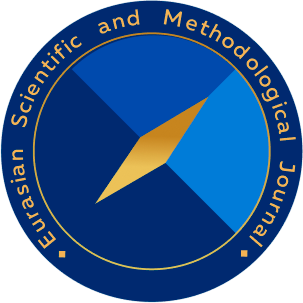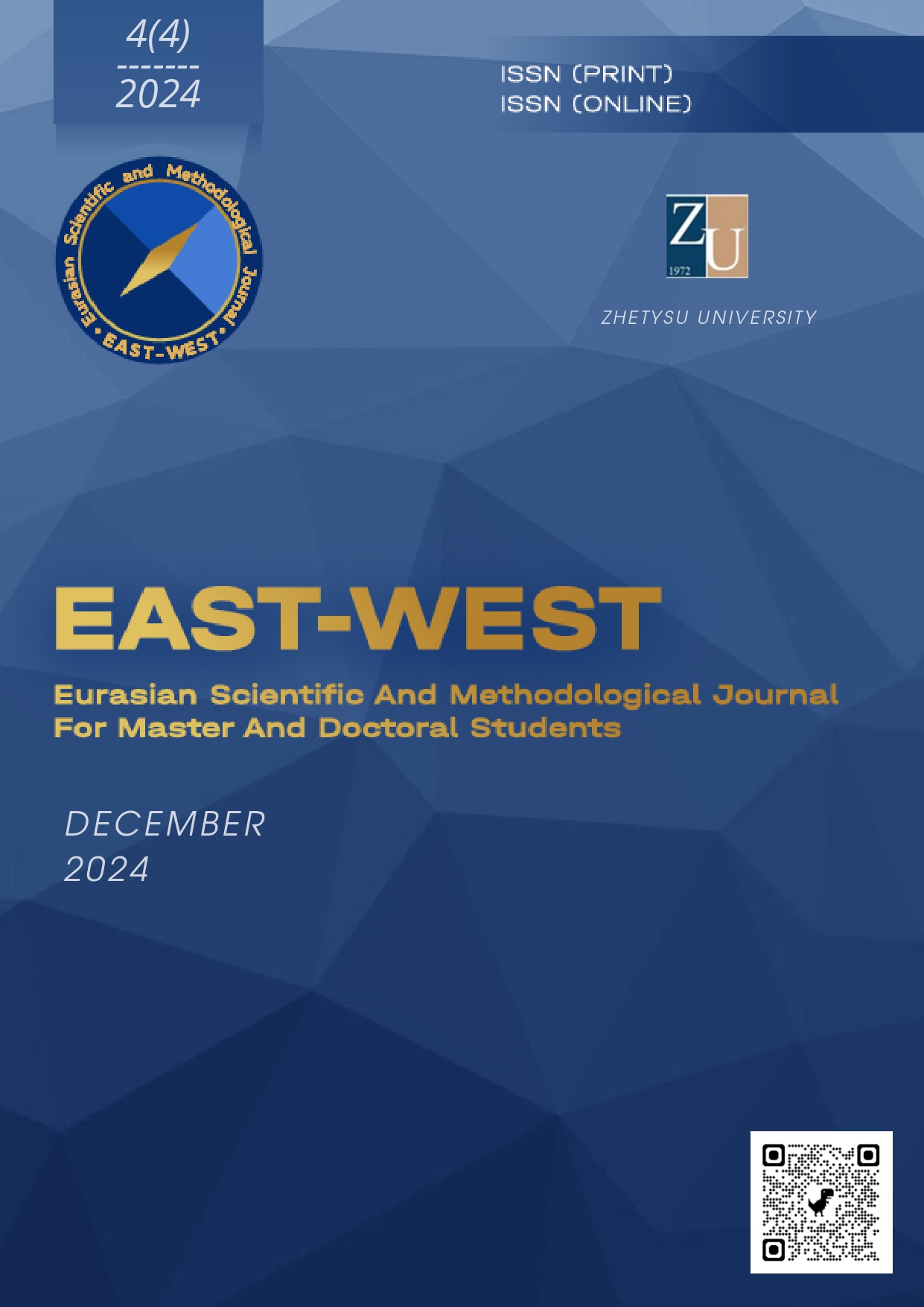Abstract
The premise of the study is the lack of chemistry textbooks (for high school students), which systematically address environmental problems and environmental knowledge, the existing textbooks poorly implement interdisciplinary links with ecology. The article discusses teaching methods and technologies that allow secondary school students to effectively implement environmental connections in teaching chemistry, as well as the experience of high school for proving their effectiveness in implementing interdisciplinary connections. In the process of teaching chemistry to 8th grade students studying in secondary school with reference to ecology, problem-based learning technologies, control, experimental methods were used. Bloom's taxonomy method was used to evaluate students' achievements in the educational process. As a result of the study, effective methods of teaching chemistry in secondary school related to ecology were identified. Students have formed environmental skills, educational skills related to the environment. In the process of teaching chemistry related to ecology, students were given the opportunity to master the laws of chemistry by staging an ecological experiment. During the teaching of chemistry in interdisciplinary communication, the level of knowledge of students increased by 4%. The results of this research work can be used as methodological guidelines for chemistry teachers in secondary schools.


